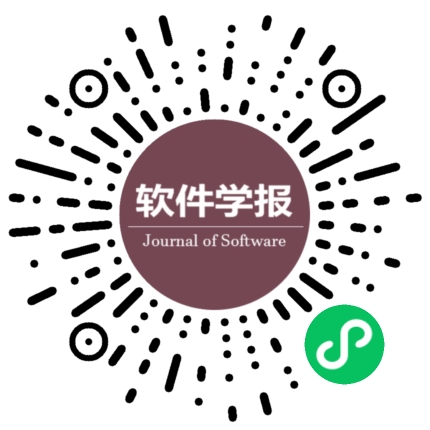Resolution Strategy of Hidden Node Collision Based on Collision Indication and Grouping
Author:
Affiliation:
Clc Number:
Fund Project:
Get Citation
李拥军,谢嵘,谭晓青.基于冲突指示和分组隐藏节点冲突解析策略.软件学报,2014,25(6):1316-1327
CopyShare

Article Metrics
- Abstract:
- PDF:
- HTML:
- Cited by:
History
- Received:August 22,2012
- Revised:August 22,2012
- Adopted:
- Online: August 30,2013
- Published:
You are the firstVisitors
Copyright: Institute of Software, Chinese Academy of Sciences Beijing ICP No. 05046678-4
Address:4# South Fourth Street, Zhong Guan Cun, Beijing 100190,Postal Code:100190
Phone:010-62562563 Fax:010-62562533 Email:jos@iscas.ac.cn
Technical Support:Beijing Qinyun Technology Development Co., Ltd.
Copyright: Institute of Software, Chinese Academy of Sciences Beijing ICP No. 05046678-4
Address:4# South Fourth Street, Zhong Guan Cun, Beijing 100190,Postal Code:100190
Phone:010-62562563 Fax:010-62562533 Email:jos@iscas.ac.cn
Technical Support:Beijing Qinyun Technology Development Co., Ltd.



